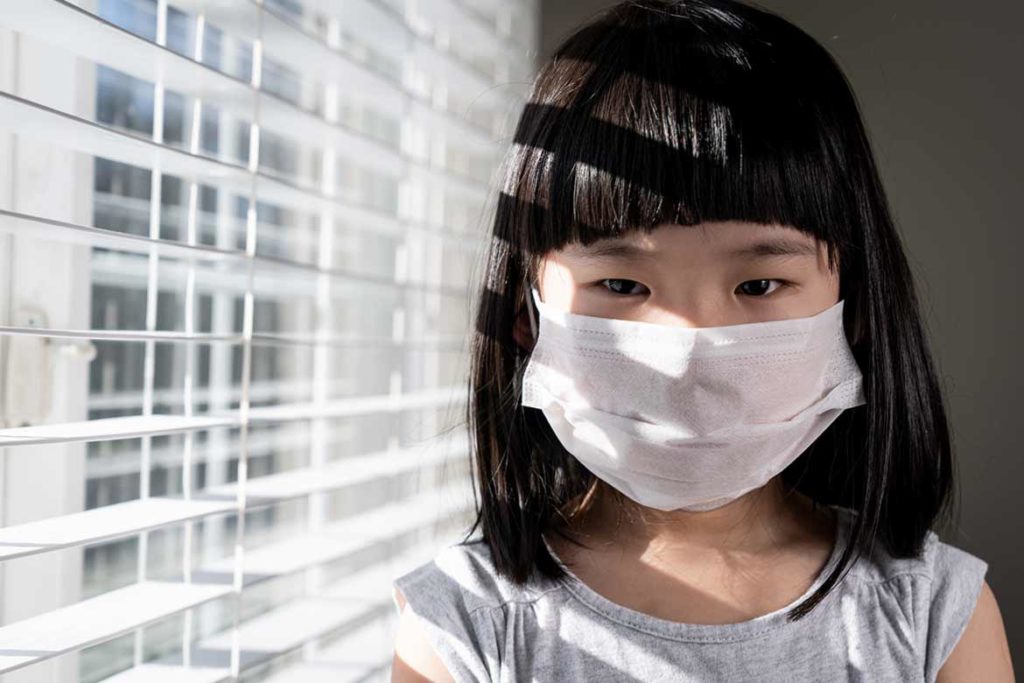In this article, you will find out about coronavirus and some of the symptoms of coronavirus in children. The virus is less common but can cause severe illness in people of all ages.
The coronavirus is a viral infection that can be passed from a person to another person through contact with the same area they have coughed or sneezed in. It can also be passed onto someone who has had contact with contaminated surfaces, like when someone uses the same handkerchief to cover their mouth and nose while sneezing or coughing into it. Since the virus can be passed from person to person, even touching an object that someone with the virus has touched can cause a healthy person to become infected.
Symptoms in children
The symptoms of a coronavirus infection, also known as severe acute respiratory syndrome (SARS), happen very quickly within just a few days. The typical symptoms include:

fever; headache; stiff neck; tiredness; and dry cough. These symptoms are persistent and sometimes get worse over time. Some people may have milder symptoms like fever, headache, or vomiting and diarrhea in addition to the basic respiratory symptoms. In some cases, children with SARS develop other health problems like seizures or kidney problems. Treatment
The treatment for SARS will depend on the symptoms, but may include:
giving antibiotics to help with breathing and to prevent infections;
giving fluids through an intravenous-line to prevent dehydration; and,
receiving mechanical ventilation. Mechanical ventilation is when you breathe with a machine, like a ventilator. While receiving mechanical ventilation, you will also receive oxygen and medication to make breathing easier. The type of medicine you receive could change depending on how bad your symptoms are. The symptoms of SARS in children can be treated if they are treated early. In some cases, a child may need to stay in the hospital for several weeks while they are being treated.
Who gets SARS?
So far, SARS has only been reported in people living in China. It spread to Hong Kong and Singapore between November 2003 and February 2004 . The virus was mentioned again in January of this year when it was found in at least one other person who had traveled to China. Since the beginning of this year, SARS has been reported in at least 10 more people from around the globe. In addition to people who had contact with the person who had the illness while they were contagious, two children were infected by a hospital worker with SARS, since they had touched an object that he/she had touched. This object included a diaper, so the two children were tested for the virus.
What SARS looks like?
SARS is an unusual illness that can cause some people to have high temperatures, difficulty breathing, or to cough. This is why it is also called severe acute respiratory syndrome (SARS). Sometimes people with SARS become very sick, and they may also die. The symptoms usually begin suddenly and get worse quickly. When this happens, it’s best not to get sick. These people are less likely to survive if they don’t get medical help right away. The symptoms may last a few days to about a month. In rare cases, some people have recovered from SARS, but it’s not known how long it takes or why some people survive while others do not.
How SARS spreads?
SARS can be spread for up to 10 days before the person has any symptoms of the infection. All of the people who have contracted SARS have had close contact with someone who already had the illness. The virus spreads by coughing and sneezing and is thought to be spread by droplets carried in a cloud of tiny particles that are breathed out. It can get on objects like toys, door handles, sheets, or utensils that people touch with their hands. It can stay on the surface of an object for several hours. This means that it can be spread when someone touches an object and then touches their face. SARS is not spread by drinking or eating from the same glass, plate, or cup as someone else; it is spread only through hands-on contact, such as when a person touches something that has been contaminated with the virus from a cough or sneeze.
